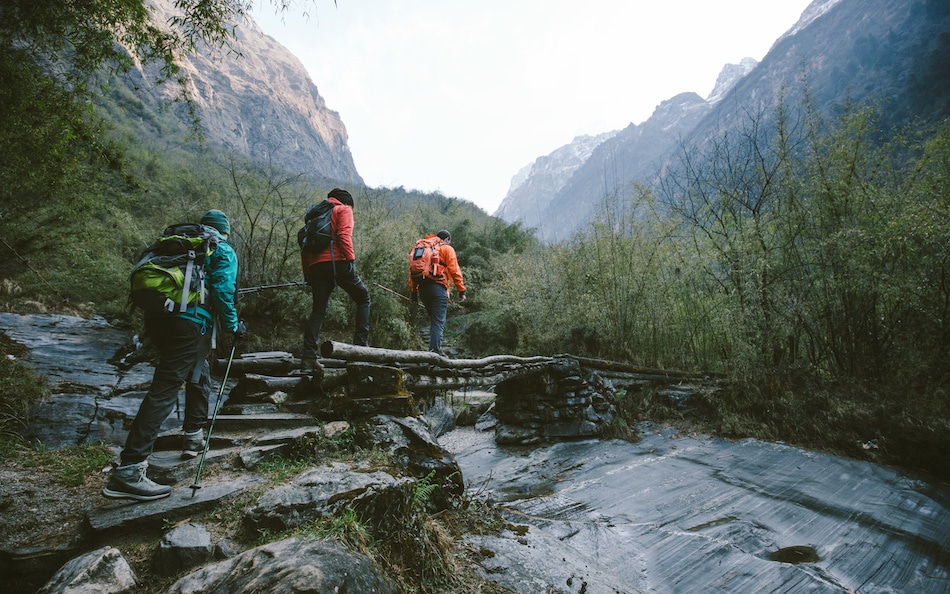A few hours spent hiking in nature is all some need to relax and refuel. However, those new to hiking may not be aware that some trails may be deemed more difficult than others. From length to gradient and more, there are a number of factors that may make for a harder hike. Those with health issues, are getting back into hiking after an injury, or are new to this thoroughly enjoyable activity want to do all that they can to hike without endangering their health. Understand more about hiking difficulty and how ratings are determined before choosing the right hiking boots.
What We'll Cover
What to Know About Hiking Difficulty
Hikers may be unaware of the formula used to determine hiking difficulty. Formulas may seem straightforward enough and are helpful in categorizing a hike as:
- Easiest;
- Moderate;
- Moderately strenuous;
- Strenuous, and
- Very strenuous.
The two main factors in the formula are the distance of the hike in miles and the elevation gain. However, the final determination is not an exact science. Unusual steepness of a hike deemed an easy hike can make it feel more like a moderate hike.
What Does the Difficulty Rating Mean?
In some areas, like national parks, there are plenty of easy trails which would have a numerical rating up to 49. Newcomers can expect this hike to be generally level and less than 3 miles. A moderate hike is a good idea for those who are still relatively new to the activity but want to push themselves. With a numerical rating that falls between 50 and 100, such a hike can be as much as 5 miles long and have some steeper areas along with a moderate incline. Unconditioned individuals should not attempt hikes rated from 100 to over 200. These moderate strenuous, strenuous and very strenuous hikes can be problematic to those unfamiliar with the physical demands required of a hiker. Such hikes can range from 5 to 10 miles and the hardest of the very strenuous hikes may require stream crossings, rock scrambling and more.
Prepare and Plan for a Hike
Difficulty ratings are a relatively rough estimate. Some hiking and fitness difficulty ratings may be labeled level 1 to 5, with level 1 being the easiest of the hiking trails. Anyone hiking a new area needs to take into account their current fitness level, as well as the characteristics of a route. Hikers may change how difficult a hike feels by altering their pace, the number of stops taken and choosing to make the most out of shady areas along the route. You can also lace your boots differently to make them more comfortable. Factors that may be additional criteria to determining the difficulty of a trail include the steepness of an ascent or descent and the trail type or surface.
Changing weather conditions can also make for a more difficult hike. Setting out on a day that may prove inclement means dressing in water-wicking fabrics and avoiding cotton. Wet fabrics can make a hiker uncomfortable and make it more likely that they get sick after prolonged exposure to the elements. Pouring rain can make a moderate trail feel more difficult as it can impair traction on steeper areas, so make sure you’re wearing durable hiking boots.
Know Your Hike
Novice and serious hikers can get sick or injured on even the easiest of hikes. Hike difficulty is only one factor that needs to be considered. Appropriate hiking gear, including the right vegan hiking boots, moisture-wicking clothing, camping mess kits and food can make for a more comfortable hiking experience. Maintain hiking gear and be aware of potential changing weather conditions before heading out.
The responses below are not provided, commissioned, reviewed, approved, or otherwise endorsed by any financial entity or advertiser. It is not the advertiser’s responsibility to ensure all posts and/or questions are answered.


![Tips to Go Camping With a Toddler [Different Weather]](/assets/images/375a17532f44c72a41d33b1008823cf3.png)


